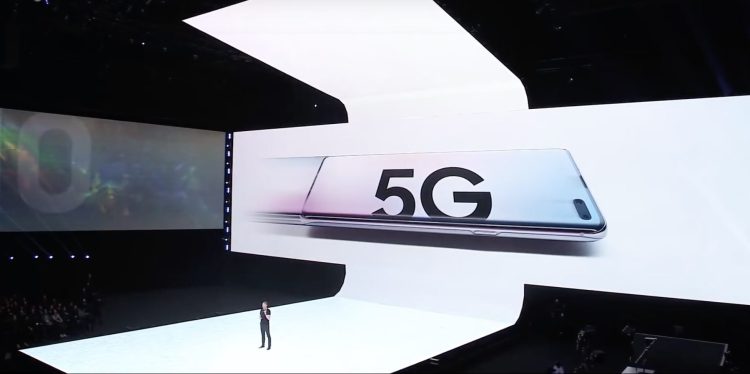It may be only a day — or three, or 105 — into the mobile 5G experience, but there’s already a consensus between early U.S. and South Korean 5G smartphone adopters: When 5G works, it’s mighty fast, but users shouldn’t actually expect it to work consistently quite yet.
On a positive note, testers in both countries indeed saw faster 5G speeds than what users get today on the same carriers’ 4G networks. In the 5G-heavy city of Seoul, Nikkei reported an indoor Samsung Galaxy S10 5G speed of 193Mbps, around four times faster than a Galaxy S9’s 4G speed of 47Mbps, with an average outdoor 5G speed of 430Mbps. Similarly, U.S. testers of Verizon’s new 5G network in Chicago such as Cnet saw top 5G speeds upwards of 630Mbps, well above the carrier’s sub-100Mbps 4G average in the city.
The problem was that testers in both countries described disappointing overall experiences with network connectivity. Nikkei noted that SK Telecom’s 5G signal in Seoul cut out frequently — upwards of 30% of the time — while not delivering anything close to the 2.7Gbps peaks the carrier advertised for hybrid 4G-5G service prior to launch. It’s noteworthy that the South Korean 5G networks and phones all presently use so-called “sub-6GHz” wireless technology, not millimeter wave, a higher frequency that was expected to suffer service drop-offs indoors, yet still fell short.
In Chicago, where Verizon’s 5G Ultra Wideband Network uses exclusively millimeter wave hardware, Cnet found that the 5G signal on Motorola’s Moto Z3 with a 5G Moto Mod sometimes flickered down to 4G, and at times delivered real-world speeds below 72Mbps. During one test directly under a 5G small cell, the phone couldn’t get a 5G signal at all, though the tester later realized that the 5G accessory’s battery had run out — seemingly without a warning.
June 5th: The AI Audit in NYC
Join us next week in NYC to engage with top executive leaders, delving into strategies for auditing AI models to ensure fairness, optimal performance, and ethical compliance across diverse organizations. Secure your attendance for this exclusive invite-only event.
Verizon and SK Telecom aren’t the only carriers offering mobile 5G service, but experiences are similarly spotty with rival carriers. AT&T debuted a 12-city mobile 5G network at the end of last year, but didn’t provide speed estimates at first, and has offered only limited sales of the sole 5G hotspot that connects to its network since then. In Gangnam, a southern part of Seoul, Nikkei said that LG Uplus wasn’t able to offer customers a live demonstration of its new 5G VR service because it didn’t have enough base stations to accommodate many people at once.
While it would be reasonable to conclude that the early reports are damning, they’re partially attributable to all of the carriers’ rushes to be “first to 5G.” Even AT&T, which began selling its first 5G hotspot 105 days ago, was relying on preliminary standards-compliant 5G tower hardware that is still in the process of being software-upgraded for superior performance. Most of the 5G carriers have cautiously described their services as preliminary, promised steady improvements throughout 2019, and offered some form of free or discounted service to early adopters.

